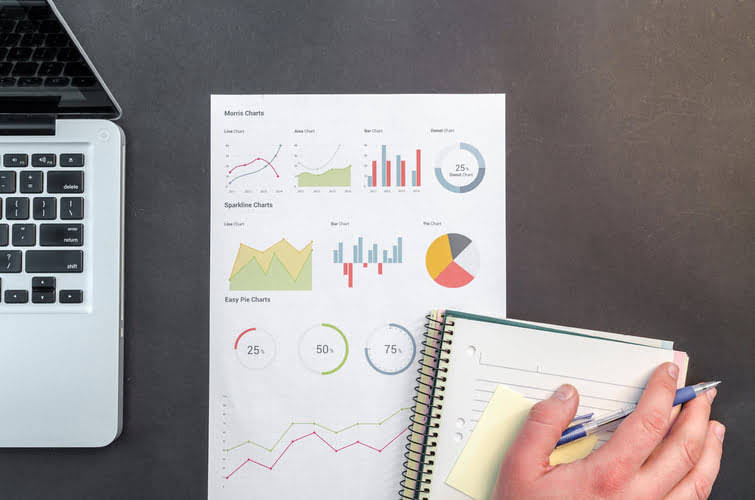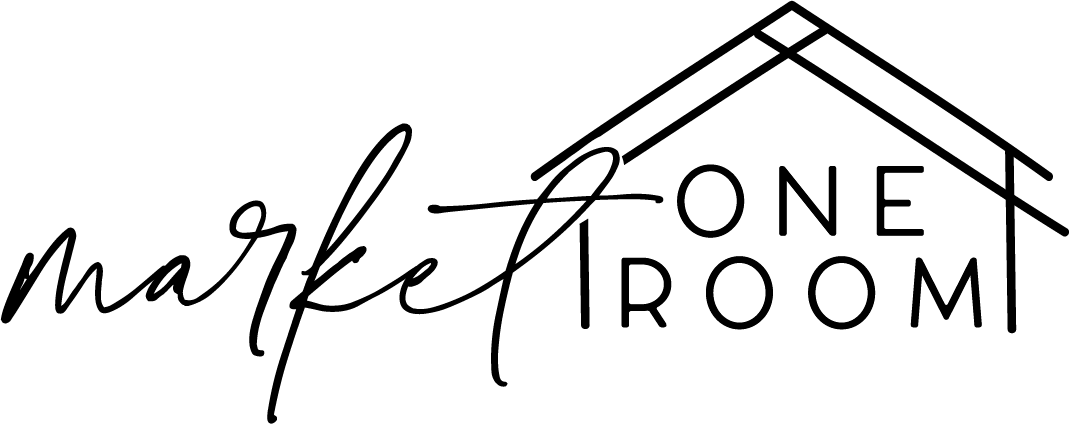How To Calculate Debt To Asset Ratio With Examples

A company’s fixed assets may include the land, machinery, and other tangible equipment that it will use to create the products and services it sells. The current ratio measures the capacity of a company to pay its short-term obligations in a year or less. Analysts and investors compare the current assets of a company to its current liabilities.
Tips On Planning for Portfolio Growth
If the D/E ratio gets too high, managers may issue more equity or buy back some of the outstanding debt to reduce the ratio. Conversely, if the D/E ratio is too low, managers may issue more debt or repurchase equity to increase the ratio. This could lead to financial difficulties if the company’s earnings start to decline especially because it has less equity to cushion the blow.

What Is a Good Debt Ratio (and What’s a Bad One)?
- A good D/E ratio also varies across industries since some companies require more debt to finance their operations than others.
- A business with a high debt to asset ratio is one that could soon be at risk of defaulting.
- With both numbers inserted into the debt to asset ratio equation, he solves.
- Last, businesses in the same industry can be contrasted using their debt ratios.
Meanwhile, a debt ratio of less than 100% indicates that a company has more assets than debt. Used in conjunction with other measures of financial health, the debt ratio can help investors determine a company’s risk level. If debt to assets equals 1, it means the company has the same amount of liabilities as it has assets. A company with a DTA of greater than 1 means the company has more liabilities than assets. This company is extremely leveraged and highly risky to invest in or lend to.
What is the total debt-to-total assets ratio?
If her jewelry company is new, she should continue to perform debt to asset ratio checks quarterly to evaluate her business’ growth over time. He’s recently been worried about the finances of the organization as he prepares to apply for a loan extension. He decides to conduct a debt to asset ratio test to determine the percentage of his expenses accounted for by financing.
These are things that take longer to convert to cash, including real estate, antiques, and collectibles. Your home would be an illiquid asset because even if you have a lot of equity in it, the sale could take a while depending on the local market conditions. Liquid assets are things that can quickly and easily be converted to cash, such as bank accounts, certificates of deposit (CDs), stocks, or bonds.
Current vs fixed assets
The results of this measure are looked at by creditors and investors who want to know how financially stable a company can be. On the other hand, a lower debt-to-total-assets ratio may mean that the company is better off financially and will be able to generate more income on its assets. For example, imagine an industry where the debt ratio average is 25%—if a business in that industry carries 50%, it might be too high, but it depends on many factors that must be considered. It simply means that the company has decided to prioritize raising money by issuing stock to investors instead of taking out loans at a bank. While a lower calculation means a company avoids paying as much interest, it also means owners retain less residual profits because shareholders may be entitled to a portion of the company’s earnings. For example, in the example above, Hertz reported $2.9 billion in intangible assets, $1.3 billion in PPE, and $1.04 billion in goodwill as part of its total $20.9 billion of assets.

How to calculate the debt-to-asset ratio for your small business
Companies with strong operating incomes might comfortably manage higher debt loads, while those with weaker incomes might struggle even with lower debt ratios. Because of this, what is considered to be an acceptable debt ratio by investors may depend on the industry of the company in which they are investing. Stakeholders, especially creditors, may view a high debt ratio as an increased risk, potentially impacting the company’s borrowing costs and terms.
If you’re wondering how to calculate your debt-to-asset ratio, it’s actually a lot easier than you may think. All you’ll need is a current balance sheet that displays your asset and liability totals. Knowing your debt-to-asset ratio can be particularly helpful when preparing financial projections, regardless of the type of accounting your business currently uses. For companies with low debt to asset ratios, such as 0% to 30%, the main advantage is that they would incur less interest expense and also have greater strategic flexibility. In this case, the company is not as financially stable and will have difficulty repaying creditors if it cannot generate enough income from its assets. A company in this case may be more susceptible to bankruptcy if it cannot repay its lenders.

Very high D/E ratios may eventually result in a loan default or bankruptcy. On the other hand, the typically steady preferred dividend, par value, and liquidation rights make preferred shares look more like debt. If https://www.bookstime.com/articles/how-much-does-bookkeeping-cost interest rates are higher when the long-term debt comes due and needs to be refinanced, then interest expense will rise. Business owners use a variety of software to track D/E ratios and other financial metrics.
Therefore, the company had more debt ($18.2 billion) on its books than all of its $15.7 billion current assets (assets that can be quickly converted to cash). If a company has a negative debt ratio, this would mean that the company has negative shareholder equity. In most cases, this is considered a very risky sign, indicating that the debt to asset ratio company may be at risk of bankruptcy. A debt-to-equity ratio of 1.5 would indicate that the company in question has $1.50 of debt for every $1 of equity. Since equity is equal to assets minus liabilities, the company’s equity would be $800,000. Its debt-to-equity ratio would therefore be $1.2 million divided by $800,000, or 1.5.

Laisser un commentaire